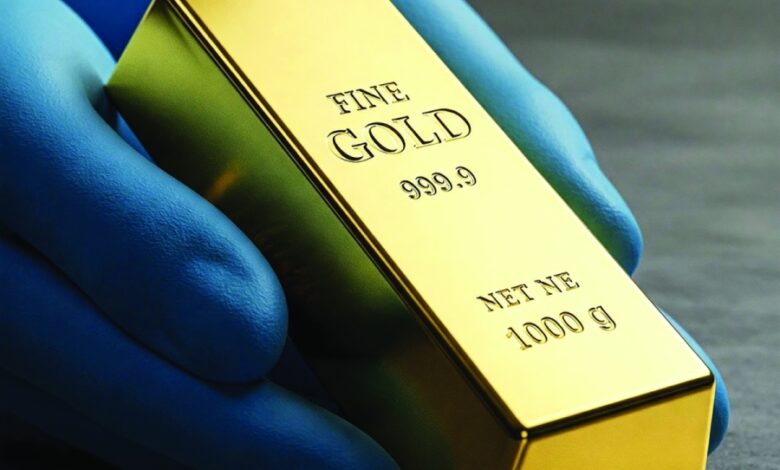CERN scientists turn lead into gold; but only on a microscopic scale

In a remarkable scientific breakthrough, a research team at the European Organization for Nuclear Research (CERN) has succeeded in transforming lead into gold using advanced particle physics techniques.
The experiment, which took place over several years, was recently reported by the Spanish newspaper Marca, highlighting both the technical achievement and its profound scientific implications.
According to the report, scientists at CERN used a special type of lead, accelerating its particles to nearly the speed of light inside a particle collider. This extreme velocity generated powerful electromagnetic fields that stripped certain components from the lead nuclei during collisions, ultimately causing some atoms to transmute into gold nuclei.
The transformation was detected through a highly sensitive thermal detector capable of tracking subatomic reactions in real time. During the experimental runs conducted between 2016 and 2018, the process yielded around 90,000 gold nuclei per second, culminating in the production of about 29 picograms of gold—an amount so small it can only be observed under a microscope.
While this transformation echoes the age-old dream of alchemy, researchers emphasized that the experiment has no commercial or economic goal. Instead, it offers invaluable insights into the nature of matter, atomic structure, and the effects of high-energy collisions.
The findings also contribute to a better understanding of electromagnetic dissociation and could pave the way for future innovations in nuclear physics and material science.
The report concludes that although the gold produced holds no material value, its scientific importance is immense, as it challenges conventional understanding and expands the horizons of modern physics.













